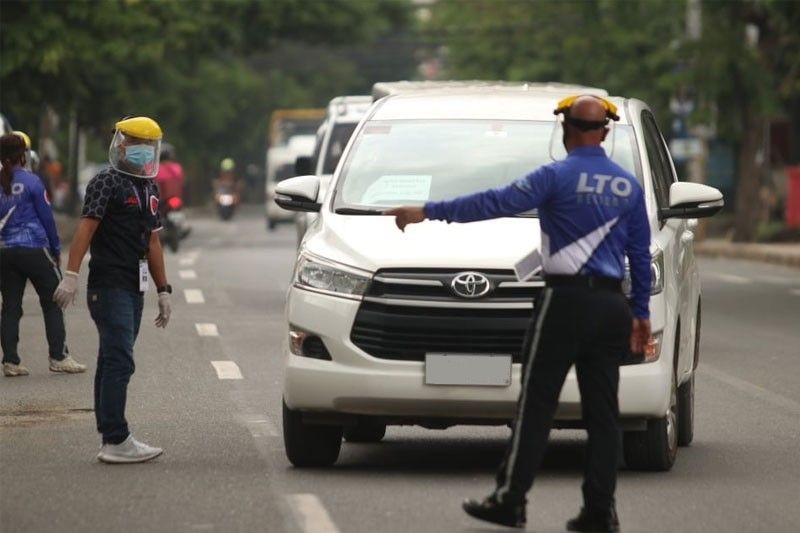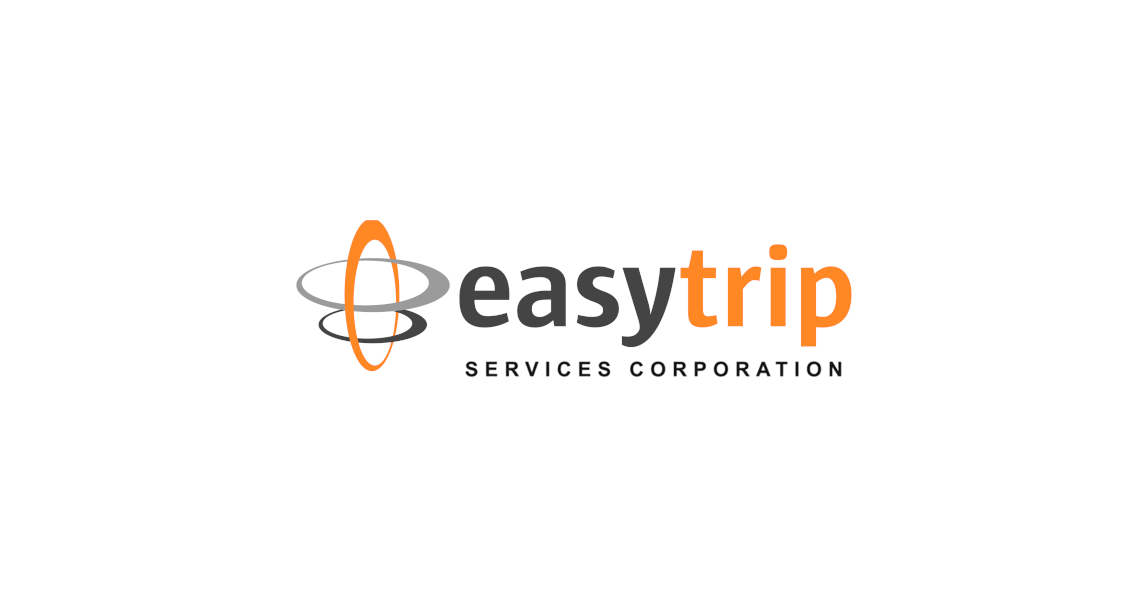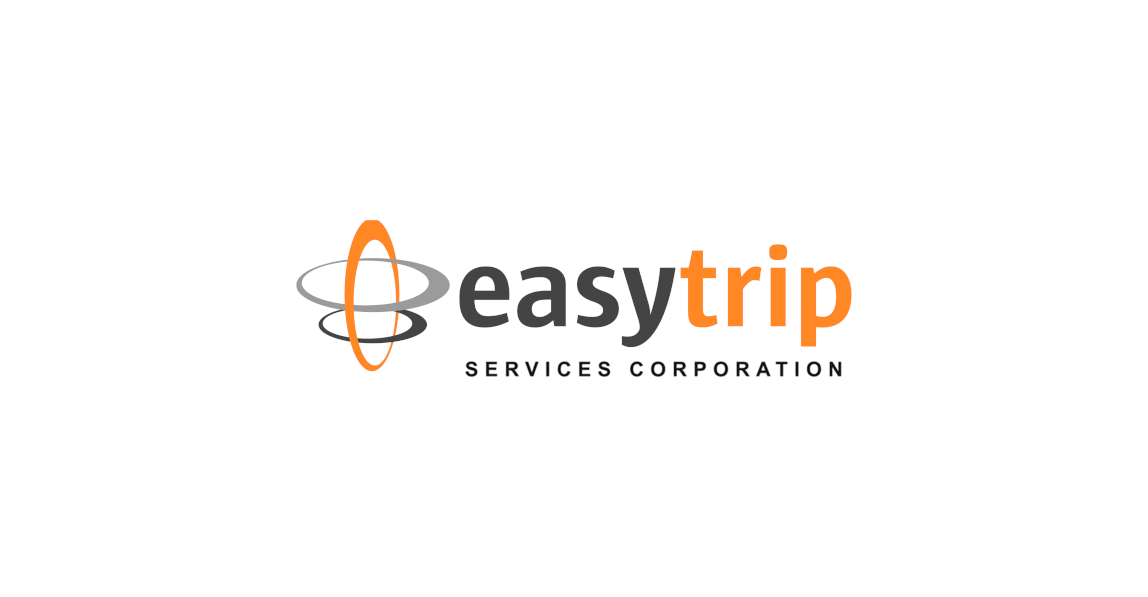Every Driver Should Know: LTO RFID Sticker Penalty

Radio frequency identification, commonly known as RFID, plays a vital role in making electronic toll collection (ETC) systems more streamlined, convenient, and secure. This is commonly used for toll payment, parking access, and tracking. In the context of tollways, RFID stickers facilitate seamless and fast toll payment process by eliminating the need for long stops and cash transactions.
What is an RFID Sticker and How Does It Work?
RFID stickers refer to a small electronic device that utilizes radio waves to identify and track objects or vehicles. These stickers are usually placed on the windshield or license plate of a vehicle and contain a unique identification number that corresponds to the vehicle owner's account.
In an RFID system, three components are involved: a radio transponder (RFID reader), a radio receiver, and a transmitter. Upon approaching a toll plaza, the RFID sticker on the vehicle will send a radio signal that will activate the RFID reader. The sticker then sends digital data to the reader, which automatically deducts the toll fee from the driver’s account. The entire process only takes a few seconds, allowing the driver to proceed through the toll plaza faster and without needing cash. This reduces congestion, facilitates mobility, and enhances efficiency of tollways as a whole.
There are two main RFID stickers in the Philippines—Easytrip and Autosweep. Easytrip is used by the Metro Pacific Tollways Corporation (MPTC) and its network of expressways—North Luzon Expressway (NLEX), NLEX Connector, Subic-Clark-Tarlac Expressway (SCTEX), Manila-Cavite Expressway (CAVITEX), C5 Link, and Cavite-Laguna Expressway (CALAX). On the other hand, Autosweep is the cashless toll system used by SMC Infrastructure expressways—Muntinlupa-Cavite Expressway (MCX), Skyway, NAIA Expressway (NAIAX), STAR Tollway, Tarlac-Pangasinan-La Union Expressway (TPLEX), and South Luzon Expressway (SLEX).
The Toll Regulatory Board recently announced that Easytrip account holders may use their RFID stickers on tollways using Autosweep, making the two RFID services interoperable. In order to gain access, motorists only have to register their Easytrip RFID accounts at any Autosweep kiosk.
Benefits of having an RFID sticker
For tollway users without RFID stickers, toll fee transactions take longer as it requires using manual payment transactions. This in turn results to longer queueing and time spent on toll plazas.
Moreover, manual payment transactions also require contact, making it a means for virus transmission.
However if your vehicle is equipped with an RFID sticker, you can enjoy faster toll transactions and a more convenient travel experience.
Other advantages of RFID stickers include traffic flow monitoring to reduce colorum vehicles, interoperability with multiple tollway collection systems, lower carbon emissions, and the availability of several discounts to its users.
LTO’s RFID Policy and Guidelines
The Land Transportation Office (LTO) has established policies and regulations regarding the use of RFID stickers for electronic toll collection. These include:
- Registering RFID stickers under the vehicle owner’s name to ensure accountability, prevent unauthorized use, and protect the car owner from penalties
- Installing RFID stickers correctly according to the tollway operator's guidelines to avoid non-detection
- Adequate RFID balance to cover toll charges. You can top up your RFID via e-wallets, banks, and physical reloading stations. For Easytrip users, the MPT DriveHub app has real time balance checking and reloading for easier and more convenient RFID management.
- Compliance with the tollway operator’s guidelines, such as the maximum speed limit when passing through RFID-enabled toll lanes and the maximum number of RFID stickers per vehicle.
Depending on expressways' policies and guidelines, failure to comply may result in penalties, fines, or, in some cases, suspension of the RFID account. Under the LTO RFID sticker penalty, should a motorist without an RFID sticker drive into an RFID-only lane, they may incur a fine of ₱1,000.00 for obstruction and disregarding traffic signs. The LTO also reminds all drivers to keep their RFID stickers visible on their vehicle to ensure convenient scanning and verification of ownership records by the authorities.
For damaged or lost RFID stickers, motorists may apply for a replacement at any LTO branch by presenting an affidavit of loss and paying the replacement fee. Car owners must be familiar with the various toll charges and follow the operator's guidelines to ensure a seamless tolling process.
As a responsible vehicle owner, it is crucial to comply with the LTO’s policy and guidelines to avoid penalties, ensure smooth and efficient toll road use, promote accountability, and maintain a safe and orderly traffic system. Those who violate the policy and guidelines may be penalized and fined, leading to further repercussions and account suspensions if they fail to pay accordingly. Failure to comply may also result in legal consequences, such as charges, criminal records, or imprisonment, which can affect their ability to obtain a driver’s license or car registration later on.
Get an Easytrip RFID sticker today at your nearest Easytrip installation site and experience enhanced toll transactions. For information on Easytrip, visit www.easytrip.ph.





